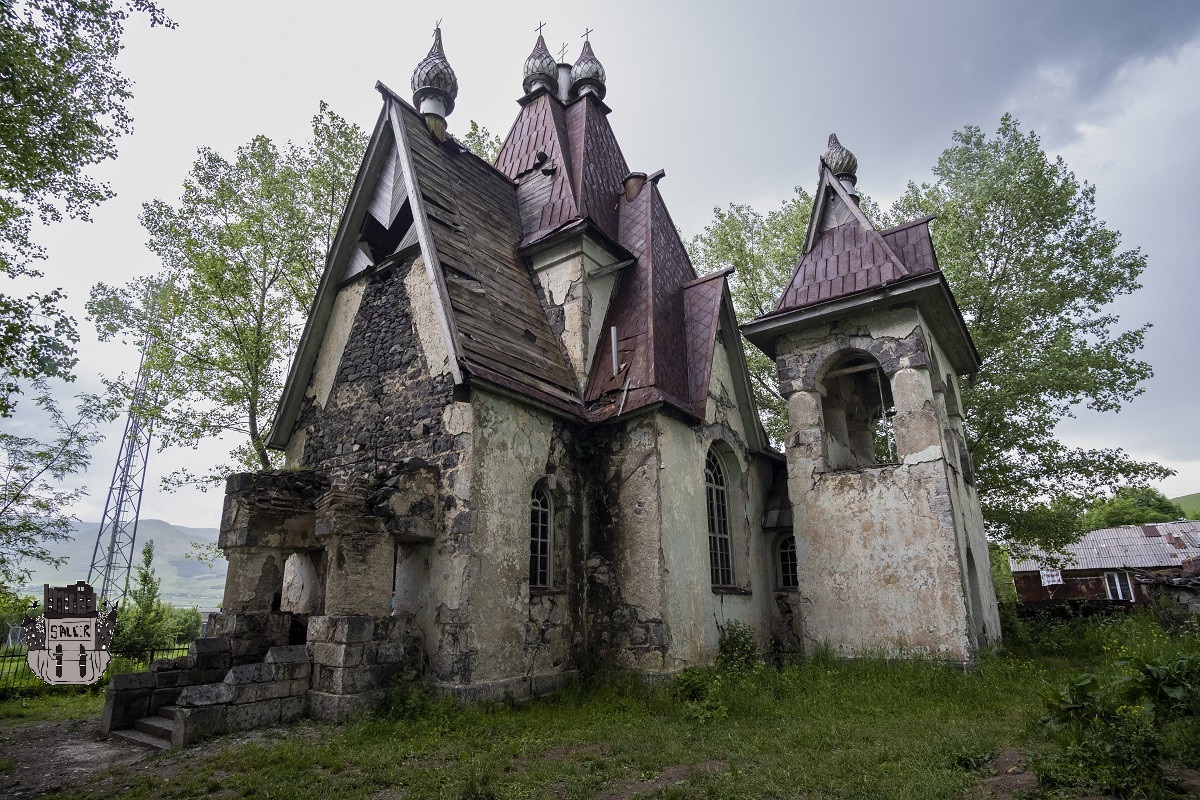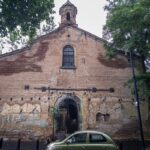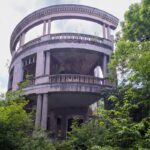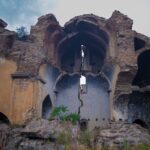Historic Amrakits Village Russian Orthodox Church Draws Tourists Despite Severe Damage from 1988 Spitak Earthquake.
Amrakits Village
Amrakits Village, Armenia’s Lori Province – Nestled near the town of Stepanavan, the village of Amrakits continues to captivate tourists with its St. Nicholas the Miracle Worker Russian Orthodox Church, despite the structure’s extensive damage caused by the devastating 1988 Spitak Earthquake.
Established in the 1840s, Amrakits boasts a rich historical background, featuring ancient landmarks such as 13th-century churches, centuries-old cemeteries spanning the 13th to 18th centuries, and even a burial mound dating back to 1,000-2,000 BC. The medieval village of Amrak, now known as Amrakits, further adds to its allure.
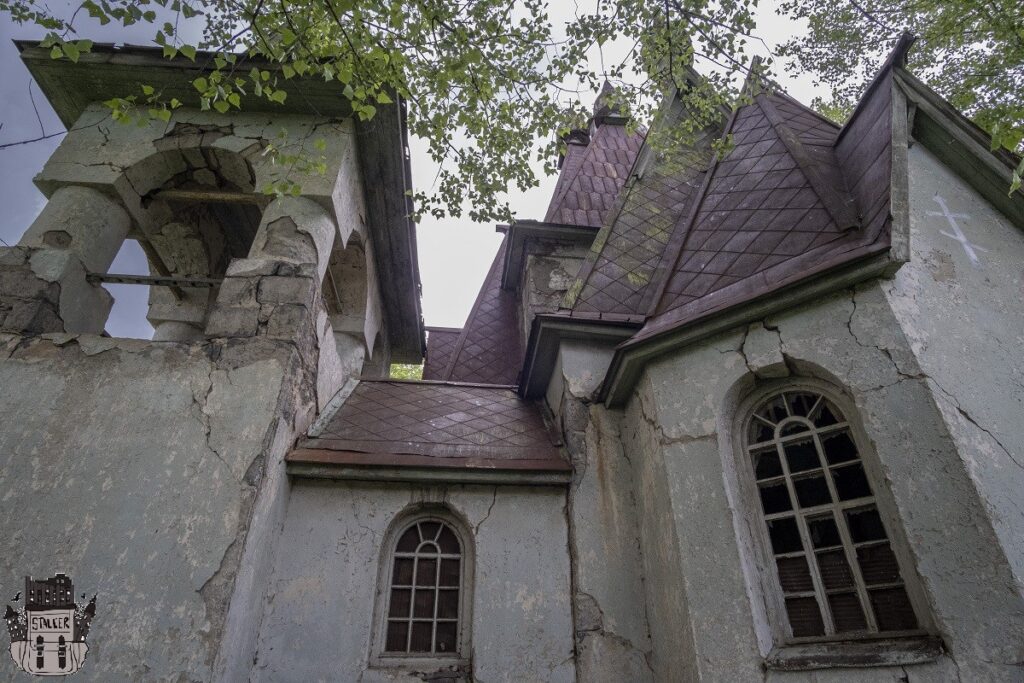
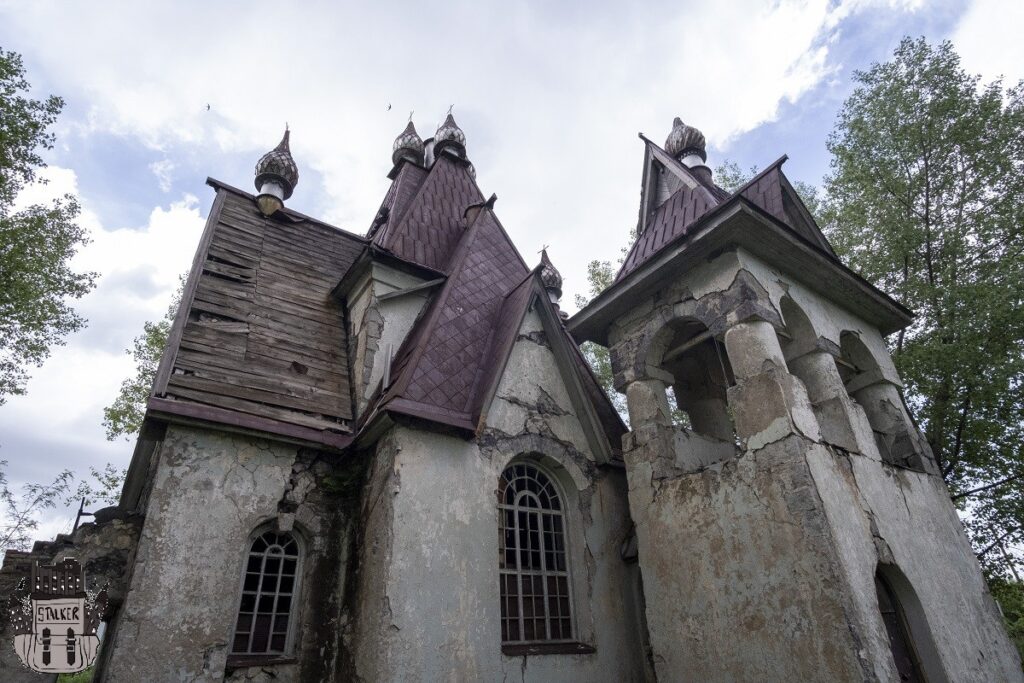
Slavic families
According to Artur Nerkararyan, an administrative representative of Amrakits, the present-day village was founded in 1852 when 26 Slavic families relocated here from Borjomi, Georgia. These families originally migrated from Ukraine’s Poltava and Chernigov regions to Georgia before settling in Amrakits. Initially named Nikolaevka (or Novo Nikolaevka), the village was later renamed Kirov in 1938. In 1991, it was restored to its historical name, Amrakits.
Historical records indicate that the St. Nicholas the Miracle Worker Russian Orthodox Church was constructed by Ukrainian Cossacks who arrived in Armenia during the early 19th century. This influx of settlers occurred following the annexation of the Armenian Lori-Pambak, Ghazakh, and Shamshadin regions, along with Georgia, by Russia. These Cossacks, stationed in Armenia, established Orthodox chapels and churches throughout various settlements and swore their military oaths within these religious edifices.
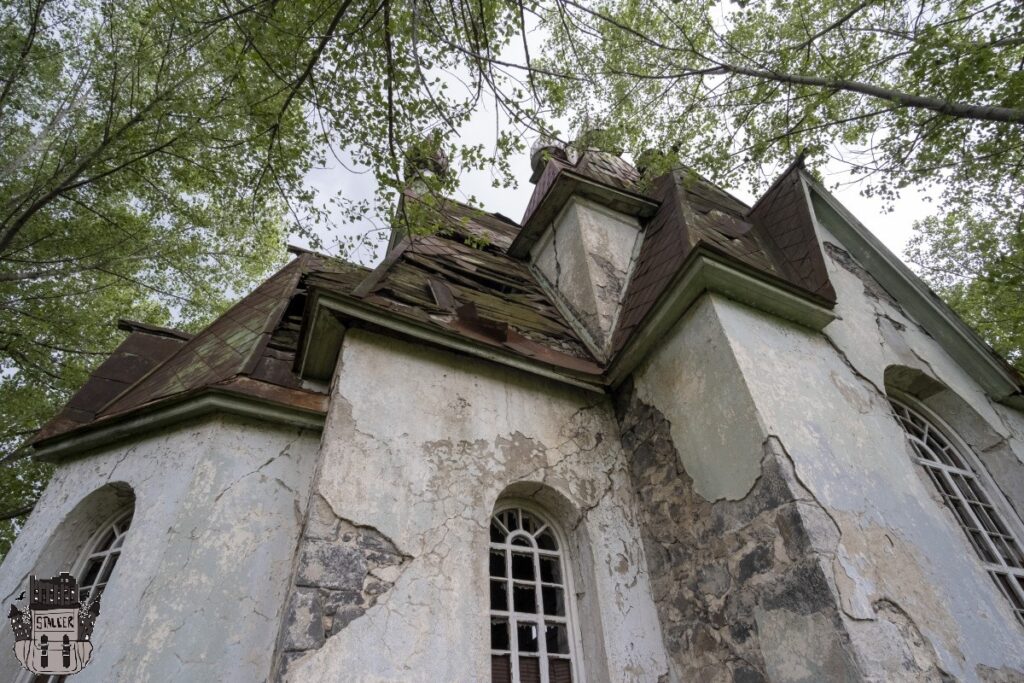
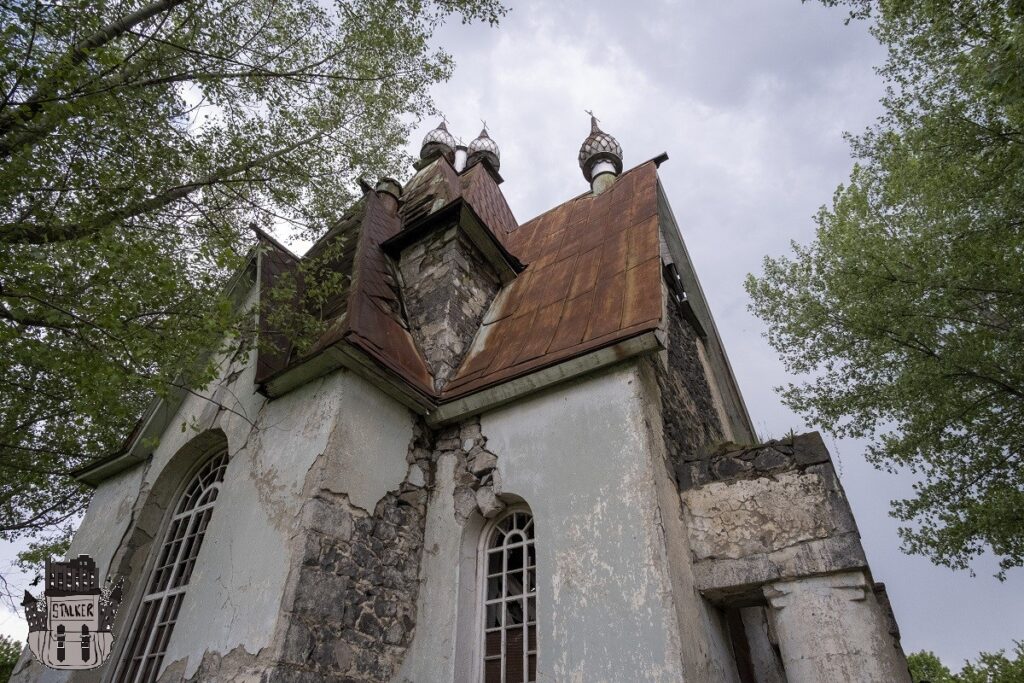
The St. Nicholas the Miracle Worker Church, initially built in 1846 (according to some sources, 1879), was located in the village of Nikolaevka. The church underwent significant reconstruction in 1910-1914, adopting the architectural style of neo-Russian design. Notably, a bell tower adorns its southern side. Constructed with stone walls and a wooden roof covered in metal, the church suffered considerable damage but managed to survive the 1988 Spitak Earthquake.
Designated as a historical-cultural monument, the church has remained closed since the earthquake. Its religious artefacts and icons were transferred to the Russian Orthodox church in Gyumri in 2009. Nevertheless, faithful individuals continue to visit the church, lighting candles, placing religious images at the entrance, and even making sacrificial offerings in its vicinity.
Arthur Nerkararyan highlights that until the 1960s, Amrakits was predominantly a Russian village. However, an influx of Armenians began settling there, with their numbers growing notably after the 1988 Spitak Earthquake. These newcomers hailed from various locations, including Stepanavan, Yerevan, and a portion (35-40%) from Azerbaijan.
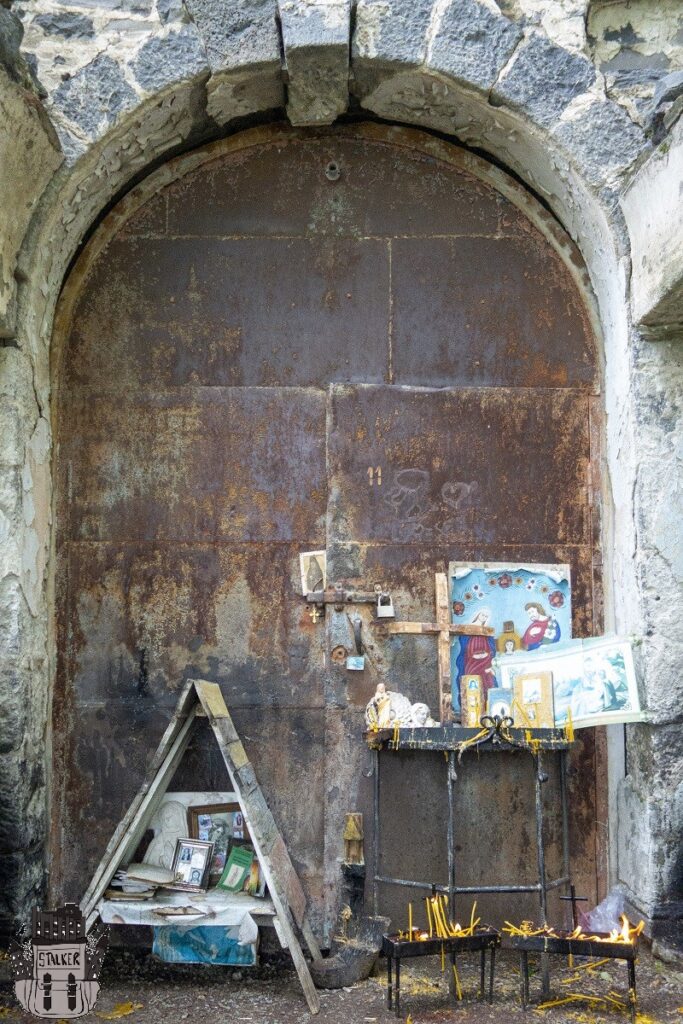
In the 1970s, official data suggests that Azeris also resided in Amrakits; however, they eventually departed from the area. Following the earthquake, Russian residents started to leave the village, with many relocating to Russia’s Stavropol and Krasnodar regions. Today, out of a population of 600, approximately 15-20 Russians, mostly aged between 40 and 50, remain in Amrakits.
Nerkararyan emphasizes that the Russian Orthodox Church in Amrakits stands as the sole sanctuary of its kind in the region. Many tourists specifically visit the village solely to catch a glimpse of the church, often unaware of its existence until spotting the distinctive roof and crosses while travelling along the Yerevan-Stepanavan roadway. These visitors promptly divert to the village to explore the church up close.
Despite its status as a tourist attraction, there are currently no plans in place to restore the church. However, recent developments suggest a glimmer of hope. Alexei Sandikov, an ethnic Russian member of the Im Kayl (My Step) parliamentary faction, recently visited the village and expressed intentions to propose its renovation to his Russian partners.
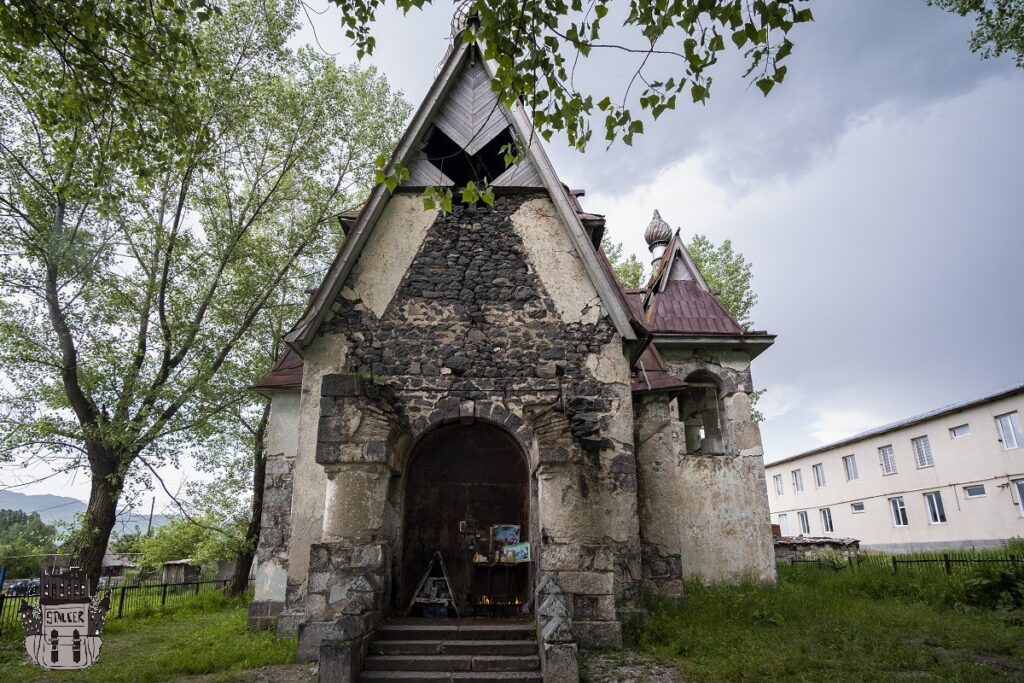
Urbex location:

